Muscle Energy Techniques : A Practical Guide For Physical Therapists, 2nd Edition (Azw3+EPub+Converted PDF)
Muscle Energy Techniques : A Practical Guide For Physical Therapists, 2nd Edition (Azw3+EPub+Converted PDF)
| Edition |
2nd |
|---|---|
| Format |
Azw3+EPub+Converted PDF |
| ISBN-10 |
1623177871 |
| ISBN-13 |
978-1623177874, 9781623177881 |
| Language |
English |
| Publisher |
Other Publisher |
$30.00
- The files will be sent to you via E-mail
- Once you placed your order, we will make sure that you receive the files as soon as possible
Muscle Energy Techniques : A Practical Guide For Physical Therapists, 2nd Edition (Azw3+EPub+Converted PDF)
1.1.Description
In the field of physical therapy, a variety of strategies are necessary to enable the best possible recovery. Muscle Energy Techniques: A Practical Guide for Physical Therapists, Second Edition, stands out as an invaluable tool that gives therapists a thorough grasp and hands-on experience using Muscle Energy Techniques (METs).
Physical therapists can improve therapy outcomes by using a patient’s own neuromuscular system while using a patient-centered approach.
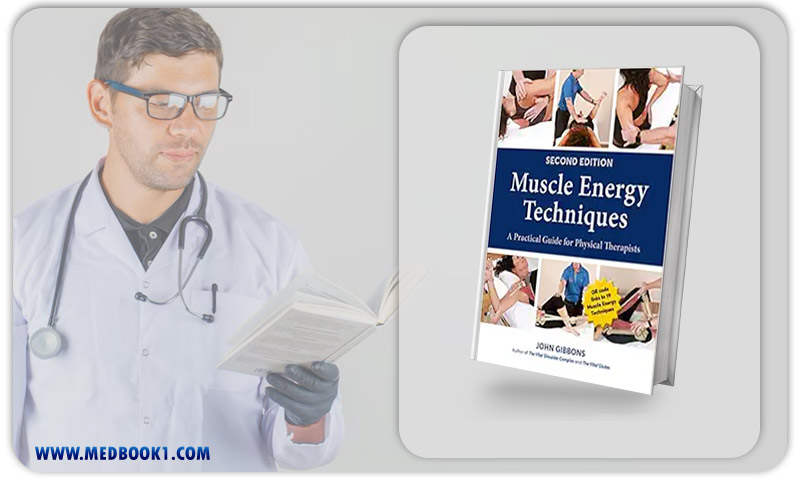
Muscle Energy Techniques : A Practical Guide For Physical Therapists, 2nd Edition (Azw3+EPub+Converted PDF)
Recognizing the Potential of Muscle Energy Methods
Muscle Energy Techniques go beyond manipulations that are passive. They take advantage of a patient’s eager involvement to help:
Increased Range of Motion (ROM): METs can facilitate a greater range of pain-free movement by gradually stretching tight muscles and enhancing joint mobility.
Reduced Pain: Muscle Energy Techniques can reduce pain and discomfort by treating trigger points and muscle guarding, which facilitates a more comfortable healing process.
METs promote neuromuscular coordination, which improves motor control and functional movement by facilitating communication between the nervous system and muscles.
Proprioceptive Awareness: By improving a patient’s awareness of their body, these methods help improve their balance and coordination.
A Comprehensive Guide to Learning METs
Not only does Muscle Energy Techniques: A Practical Guide for Physical Therapists outline the advantages of METs, it also gives therapists the tools they need to use them successfully. A detailed explanation of several Muscle Energy Techniques is given in the book, including:
Facilitated Techniques: In these methods, the patient performs a mild isometric contraction against resistance under the therapist’s guidance.
Inhibitory Techniques: To calm overly tense muscles, METs can also be applied. The patient uses an extended posture to isometrically contract a muscle as part of inhibitory procedures.
Autocentric Techniques: This version encourages patients to take an active role in their own healing by enabling them to apply Muscle Energy Techniques on their own.

Muscle Energy Techniques : A Practical Guide For Physical Therapists, 2nd Edition (Azw3+EPub+Converted PDF)
Customizing METs to Various Situations
The adaptability of METs is acknowledged in Muscle Energy Techniques: A Practical Guide for Physical Therapists. The book offers thorough instructions on using these methods for a variety of musculoskeletal disorders, such as:
Low Back discomfort: METs are a useful technique for treating stiffness and discomfort related to low back problems.
Joint Sprains and Strains: The book examines how METs can facilitate joint mobility and aid in the healing process following sprains and strains.
Post-Surgical Rehabilitation: Following surgery, muscular function and range of motion can be significantly restored with the help of muscle energy techniques.
Neurological diseases: To enhance movement control, the book even explores the use of METs for specific neurological diseases like stroke.
An Useful Guide for Daily Life
The purpose of Muscle Energy Techniques: A Practical Guide for Physical Therapists is to serve as a helpful resource for physically active physical therapists. The book includes:
Instructions that are easy to understand and apply: Every Muscle Energy Technique is presented in a step-by-step format with clear pictures.
Contraindications and Precautions: The book promotes the safe and efficient implementation of treatment by highlighting circumstances in which METs may not be appropriate.
Case Studies: Real-world case studies give therapists important insights on how to apply METs in practice for a range of diseases.
Above and Beyond: Sophisticated Utilizations
The core procedures are not the end of Muscle Energy procedures: A Practical Guide for Physical Therapists. The second edition explores more sophisticated MET applications, such as:
Integration with Other Manual Therapy approaches: For a more all-encompassing treatment strategy, the book investigates how METs can be coupled with other manual therapy approaches.
Resolving Facial Restraints: The connective tissue that envelops muscles is called fascia, and it can occasionally be a factor in pain and dysfunction. The application of METs to fascial limitations is examined in the book.
Enhancing Equilibrium and Proprioception: Muscle Energy Techniques can help patients move more functionally by improving their balance and body awareness.
Various Formats for Best Learning Experience
Muscle Energy Techniques: A Practical Guide for Physical Therapists is available in three easily accessed forms to accommodate a variety of learning styles.
Printed Book: During therapy sessions, a hard copy offers a quick and easy reference for consultation.
ePub: For convenient study while on the road, the Muscle Energy Techniques ePub version is available on your preferred e-reader device.
Converted PDF: For easy access on your computer or tablet, the Muscle Energy Techniques converted PDF format provides a digital copy.

Muscle Energy Techniques : A Practical Guide For Physical Therapists, 2nd Edition (Azw3+EPub+Converted PDF)
Encouraging Therapists to Improve Patient Results
Techniques for Muscle Energy: Physical therapists are given a strong toolkit by A Practical Guide for Physical Therapists to help them maximize patient results. Therapists can do the following by include METs in their therapy plans:
Encourage Patient Engagement: Patients feel more in control of their rehabilitation when they actively participate in treatment, which is something that METs encourage.
Reduce Reliance on Treatment: METs, especially autocentric approaches, can enable patients to engage in self-management activities, fostering functional independence and long-term pain management.
METs can be customized to target particular muscle imbalances and deficits, which can improve treatment specificity and result in more targeted and efficient care.
An Essential Tool for Any Physical Therapist’s Toolbox
Muscle Energy Techniques: A Useful Manual for Physical Therapists is more than just a method book. It provides a thorough grasp of the theory and practice of METs, enabling physical therapists to incorporate this adaptable method into their therapy regimens.
Physical therapists looking to improve patient outcomes and clinical abilities may find this book to be a useful resource due to its clear explanations, practical advice, and variety of learning modalities.
Make sure that you are buying e-books from trustworthy sources. With over a decade of experience in the e-book industry, the Medbook1.com website is a reliable option for your purchase.
Categories:
Other Products:
Treating Alcohol Use Disorder-A Fact Book (Azw3+EPub+Converted PDF)
Child Medication Fact Book For Psychiatric Practice, 2nd Edition (Azw3+EPub+Converted PDF)
Tropical Infections Intensive Care Perspectives (Original PDF from Publisher)
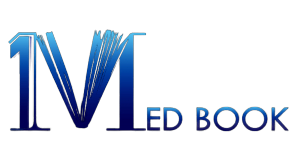
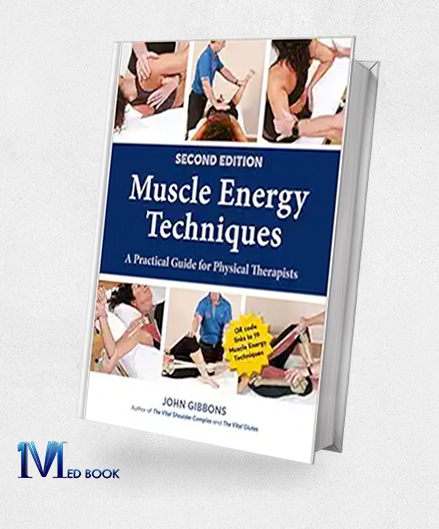
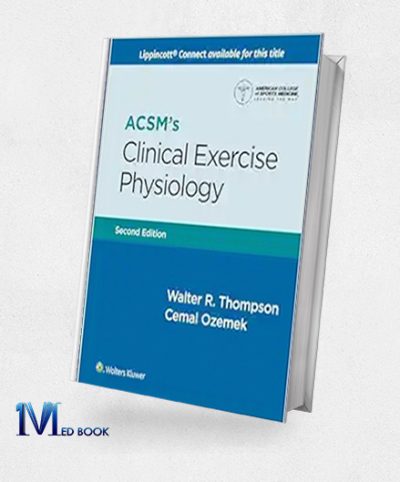
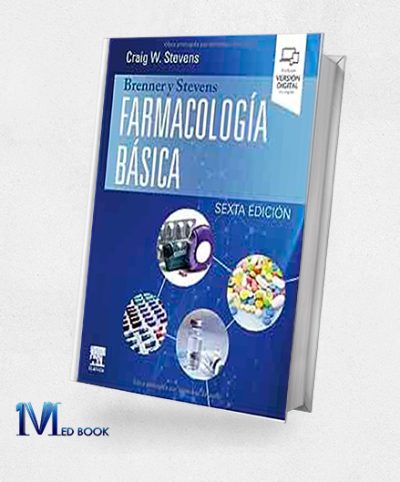
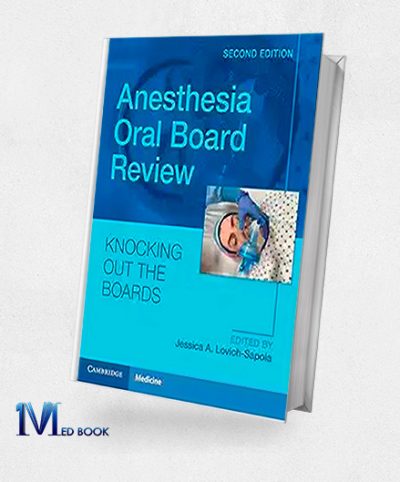
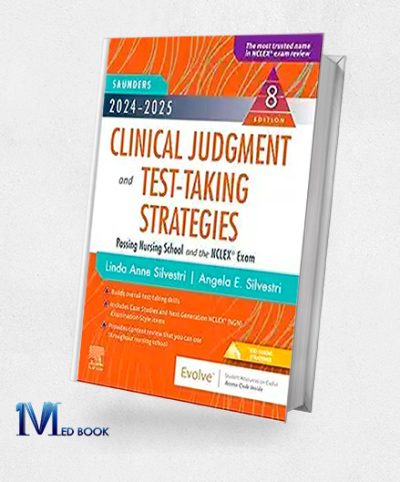


Reviews
There are no reviews yet.